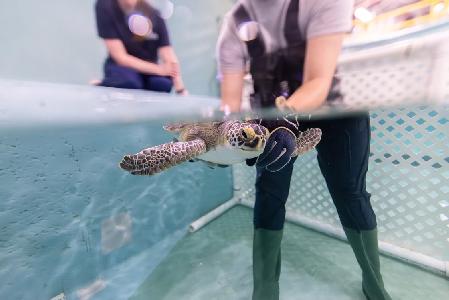Maker Faires started as tiny DIY exhibitions. Now they have access to 1600 Pennsylvania Avenue.
Benjamin Andrew writes on BmoreArt that since 2006, Maker Faire has grown from a small event in California to over 100 events this year worldwide.
Makerspaces include fab labs like the one at the Community College of Baltimore County, incubators (Betamore, Emerging Technology Centers) and hackerspaces (Baltimore Node, Unallocated Space).
From the BmoreArt piece:
I talked to Matt Barinholz, part of the FutureMakers team that runs NanoLab, about this ecosystem of creativity in Baltimore; he described the overall Maker mentality as being “process based, not a product-based experience.” Those words should sound familiar to artists and their followers, because contemporary art has been embracing process for sixty-odd years. In fact, when I asked Barinholz about the instructors at FutureMakers, he confirmed that “a large number of them are visual artists.” At the same time, Barinholz reminded me that “every fine artist—unless they’re going out and cutting down their own trees for stretchers, and weaving their own cotton for their own canvases—they’re always collaborating with another trade or skill… there are roles that makers play.”
We recently visited an OpenHack night at Baltimore Node to see what the Station North makerspace was up to. There was a cool light board and a real-life “Angry Birds” — but also a “For Sale” sign on its building.
Join the conversation!
Find news, events, jobs and people who share your interests on Technical.ly's open community Slack

Baltimore daily roundup: An HBCU innovation champion's journey; Sen. Sanders visits Morgan State; Humane Ai review debate

Baltimore daily roundup: Medtech made in Baltimore; Sen. Sanders visits Morgan State; Humane Ai review debate

Baltimore daily roundup: The city's new esports lab; a conference in Wilmington; GBC reports $4B of economic activity

